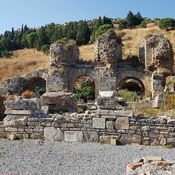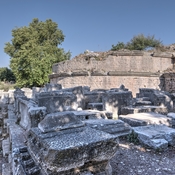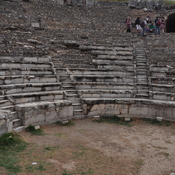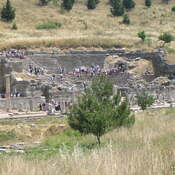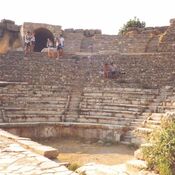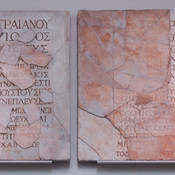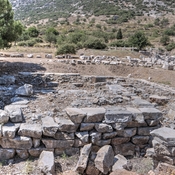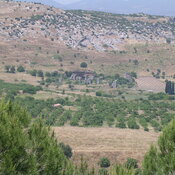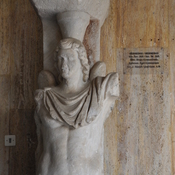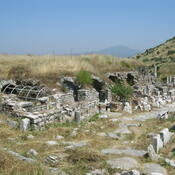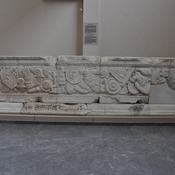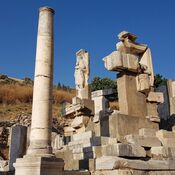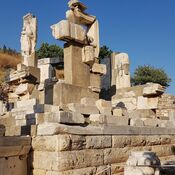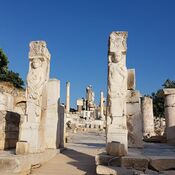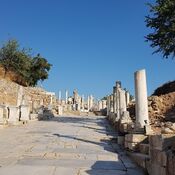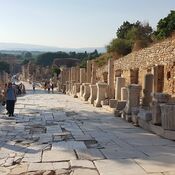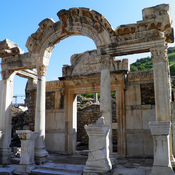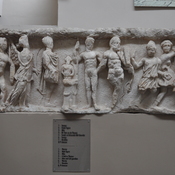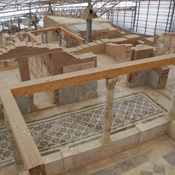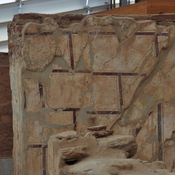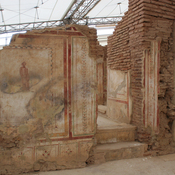Es gibt noch keine deutschsprachige Anmerkungen. Präsentiert wirden Anmerkungen auf English.
This circular monument located East of the State Agora was first excavated in 1865 by John T. Wood (1821-1890). Originally built as a fountain in the IInd century AD. In the IVth or Vth century the building was adapted to a church, It was labeled the tomb of St Luke due to the fact that the southern entrance into the crypt was flanked by two pilasters showing oxen and crosses. Graves in the church crypt support the hypothesis of this being a memorial church to house the relics of a famous saint1.
Sources:
- Andreas Pülz, Das sog. Lukasgrab in Ephesos. Eine Fallstudie zur Adaption antiker Monumente in byzantinischer Zeit , Forschungen in Ephesos, Band: IV/4, 2014
- John Turtle Wood, Discoveries at Ephesus, CUP, Cambridge 2014, p. 56 ff
Referenzen
- ↑John Turtle Wood, Discoveries at Ephesus, CUP, Cambridge 2014, p. 56 ff
This circular monument located East of the State Agora was first excavated in 1865 by John T. Wood (1821-1890). Originally built as a fountain in the IInd century AD. In the IVth or Vth century the building was adapted to a church, It was labeled the tomb of St Luke due to the fact that the southern entrance into the crypt was flanked by two pilasters showing oxen and crosses. Graves in the church crypt support the hypothesis of this being a memorial church to house the relics of a famous saint1.
Sources:
- Andreas Pülz, Das sog. Lukasgrab in Ephesos. Eine Fallstudie zur Adaption antiker Monumente in byzantinischer Zeit , Forschungen in Ephesos, Band: IV/4, 2014
- John Turtle Wood, Discoveries at Ephesus, CUP, Cambridge 2014, p. 56 ff
Referenzen
- ↑John Turtle Wood, Discoveries at Ephesus, CUP, Cambridge 2014, p. 56 ff


